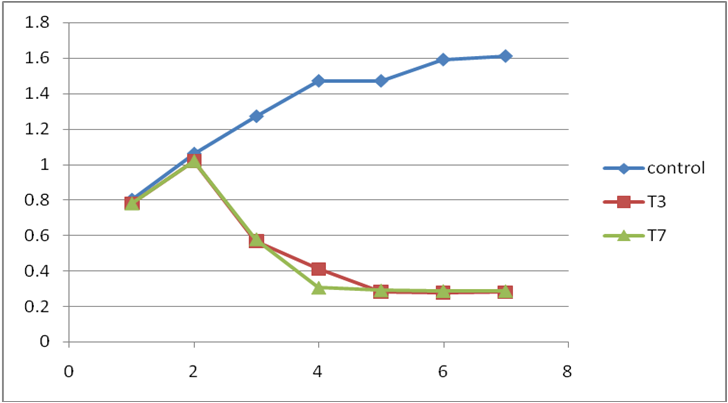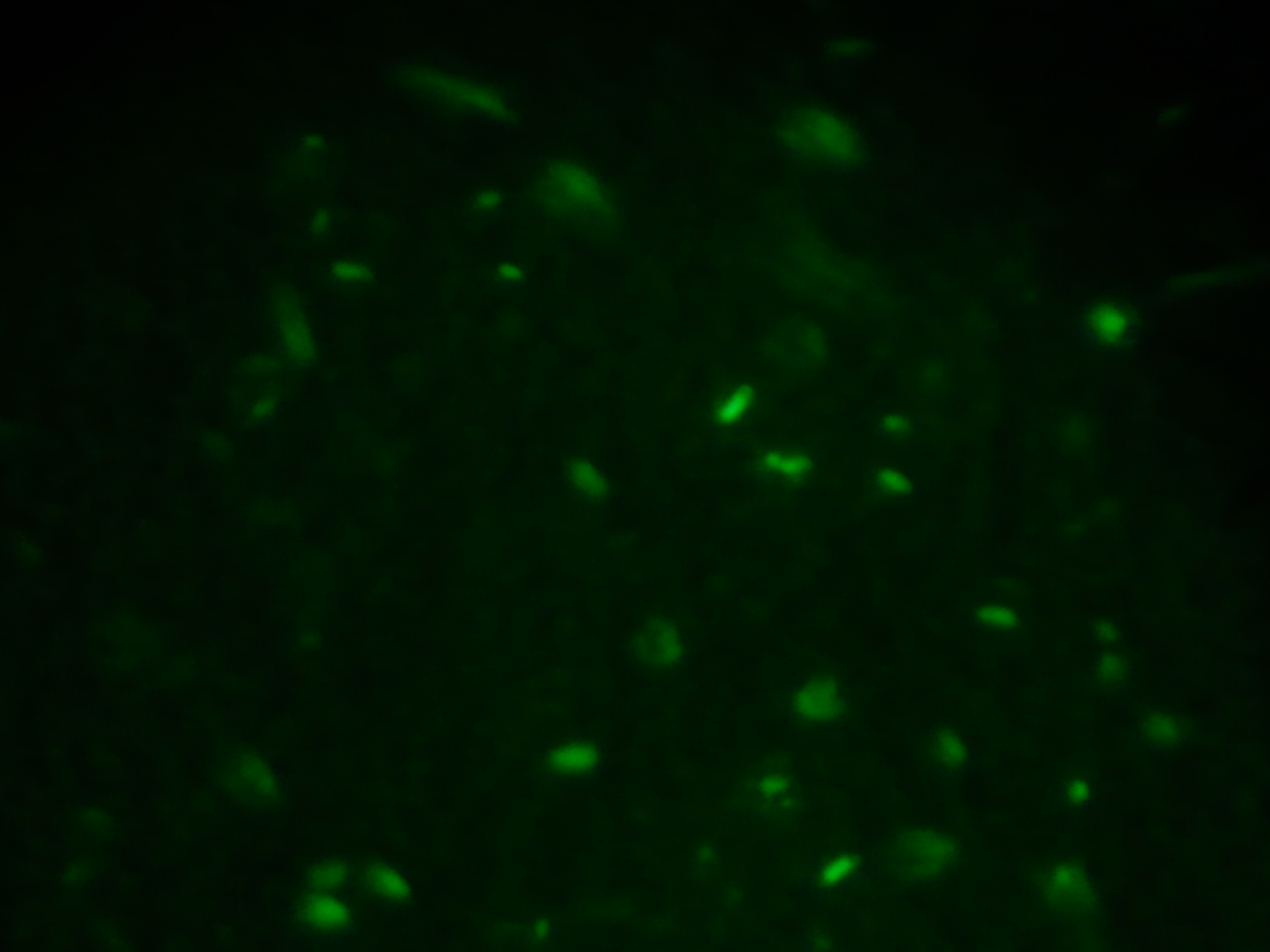Team:LCG-UNAM-Mexico/Wet Lab/Experiments
From 2009.igem.org
(→Multipromotor) |
(→C1a growth plot) |
||
| Line 9: | Line 9: | ||
6 1.2194 165000000 | 6 1.2194 165000000 | ||
| - | A non-linear | + | A non-linear regression method was used to generate a logistic formula with the best adjustment. <br> |
| - | [[Image: | + | [[Image:UFC_OD.png|800px]]<br> |
| - | <span style="font-size:10px"> The unit time is hours, the y correspond to UFC and the x | + | <span style="font-size:10px"> The unit time is hours, the y correspond to UFC and OD, respectively, and the x correspond to time </span><br> |
| - | + | ||
| - | + | ||
Both formulas were used to infer a correlation formula between OD and UFC, this formula was used to translate the OD measures to UFC. | Both formulas were used to infer a correlation formula between OD and UFC, this formula was used to translate the OD measures to UFC. | ||
Revision as of 22:51, 21 October 2009
Contents |
C1a growth plot
C1a is a k12-derivative strain. In order to know the behavior of this strain we did a growth curve. Every four hours two samples were taken from a C1a culture. We measured the OD (550nm) of one of those samples, and the other was used to do dilutions and to plate them. The results are shown in the next table.
tiempo (hrs) DO 550nm UFC/ml 0 0.0355 1207000 2 0.2533 25450000 4 0.944 160000000 6 1.2194 165000000
A non-linear regression method was used to generate a logistic formula with the best adjustment.

The unit time is hours, the y correspond to UFC and OD, respectively, and the x correspond to time
Both formulas were used to infer a correlation formula between OD and UFC, this formula was used to translate the OD measures to UFC.

T3 and T7 infection plot
Without system
With system
Burst size determination
Without system
With system
Test parts and devices
Multipromotor
We will test the functionality of both T3 and T7 promoters through the induction with IPTG of the strain BL21(DE3)pLysS in the case of T7. We are going to extract by PCR the RNA polymerase of the phage T3 and clone it under the control of a promoter inducible with IPTG.
In both cases we expect to see the presence of fluorescence under uv light.
Quorum sensing system
After assembling the quorum sensing device, we will turn on the system by either T3 or T7 RNA polymerases. We expect to see green florescence at the point of induction and red in the neighborhood. At this point the toxines won't be in the construction to avoid the noise caused by the bacteria death. AHL spatial dynamics are simulated using the Team:LCG-UNAM-Mexico:CA. The final goal of the Quorum sensing system is to decrease even more the burst size by delaying capsid assembly.
asRNA
We will induce the asRNA construction with IPTG, afterwards we expect the infection of T7 and T3 to be with less efficiency of plaquing.
Toxins
The colicines (E3 and E9) will be under the transcriptional regulation of the promoter induced by IPTG. We will do a growth curve following the same procedure used to do the c1a growth curve as performed above . We will feedback the model with these results. We expect this curve to decay before the wild type curve. We will do another curve using the same procedure described in the section phage infection curve. We expect the growth curve obtained to decay before than that of the phages infection curve. We hope the toxic activyty of the toxins will be faster enough to kill the bacteria before the phages.
 "
"


